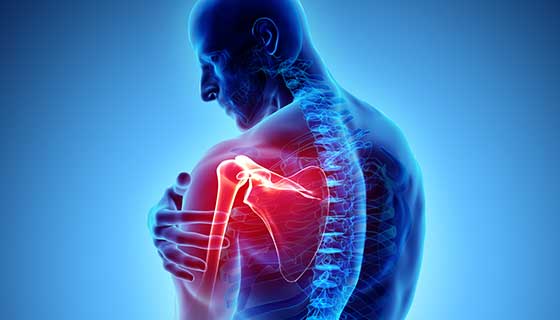
30
Jul
2020
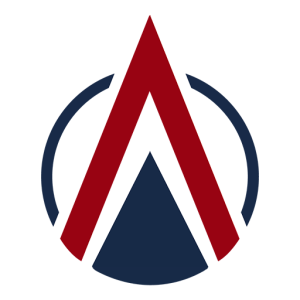
Please select a part of the body from the figure opposite.
Please select a part of the body from the diagram opposite. Click on that body part for more information about treatments.
If you're unsure as to what your conditions are our team is here to help.
Don't wait in Pain, get in touch with our team of experts today and begin your path back to wellness!

From scratching your back to picking up your groceries, your shoulder helps you in almost all your daily life activities by allowing a wide range of motion in your arms. So when something goes wrong with your shoulder, it hampers your ability to move freely and go on with your life smoothly.
Apart from causing a great deal of pain and discomfort, studies have shown that patients with shoulder pain for more than three months had a 22% rate of depression, 19% rate of anxiety, and 82% rate of sleep disturbance. To understand why the shoulder hurts and the various issues related to it, it is important to understand:
The shoulder is a ball-and-socket joint that has three main bones:
These bones are held together by muscles, tendons, and ligaments. The upper arm bone goes into a rounded socket called the glenoid. This arm bone is centered in the shoulder socket with the help of muscles and tendons.
The tendons, also known as the rotator cuffs, cover the head of the upper arm bone and attach it to your shoulder blade. The wide range of movement and action of the shoulder comes from the rotator cuff.
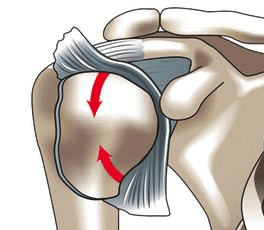
As the most mobile joint in the body, the shoulder is also more susceptible to being injured or causing problems.
Shoulder fractures commonly involve the clavicle (collarbone), humerus (upper arm bone), and scapula (shoulder blade). In older patients, fractures are often caused by a fall from a standing height, whilst in younger patients, fractures are a result of high energy injuries such as road accidents or sports injuries.
A fracture is usually accompanied by swelling, bruises or deformity. A loss of function and severe pain are often the symptoms associated with it.
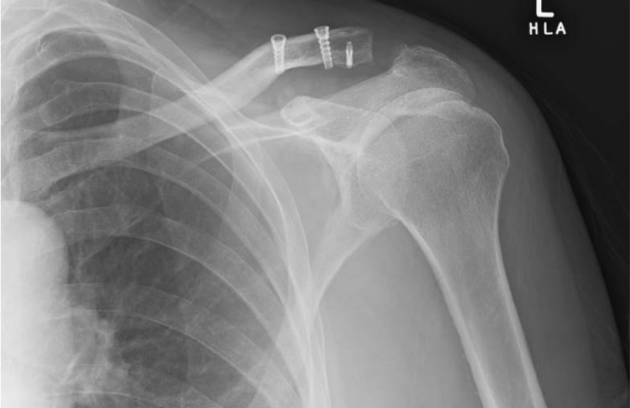
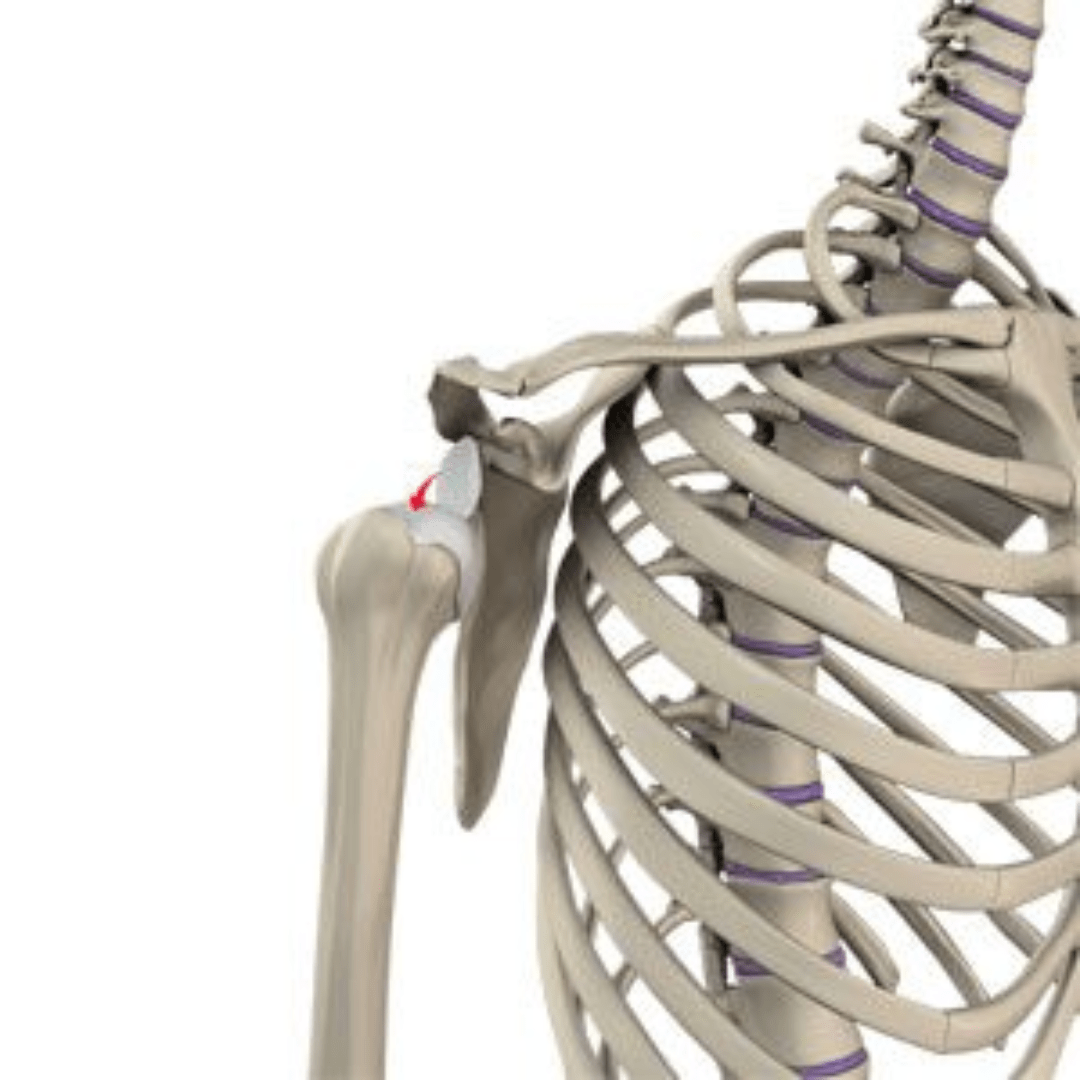
When the head of the upper arm bone is forced out of the shoulder socket, it causes shoulder instability. This can happen as a result of a sudden injury or from overuse. Shoulder dislocations can be partial or complete. When the upper arm’s ball comes out of the socket partially, it is called a partial dislocation or a subluxation. A complete dislocation happens when the entire upper arm ball comes out of the socket.
Once the ligaments, tendons, and muscles around the shoulder become loose or torn, dislocations can occur repeatedly and cause pain and unsteadiness when you move your arm.
This can become a serious issue as repeated episodes of subluxations or dislocations can lead to an increased risk of developing arthritis in the joint.
Frozen shoulder happens when the capsule contracts leading to limitation of the range of motion in your arm. As a result, you will struggle to lift your arm. In some severe cases, you won’t be able to lift it with the help of the other arm or even a friend resulting in a passive limitation of arm movement.
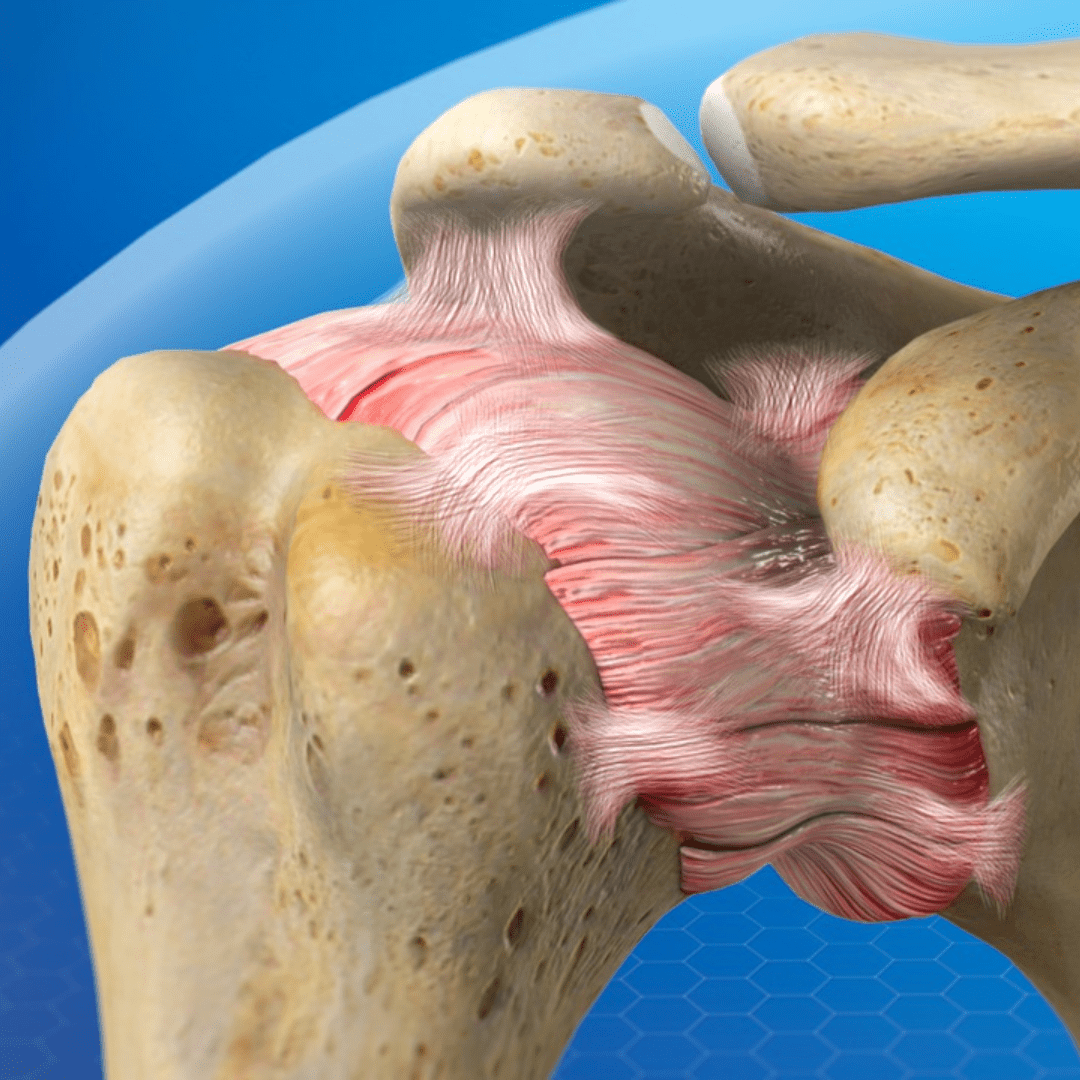
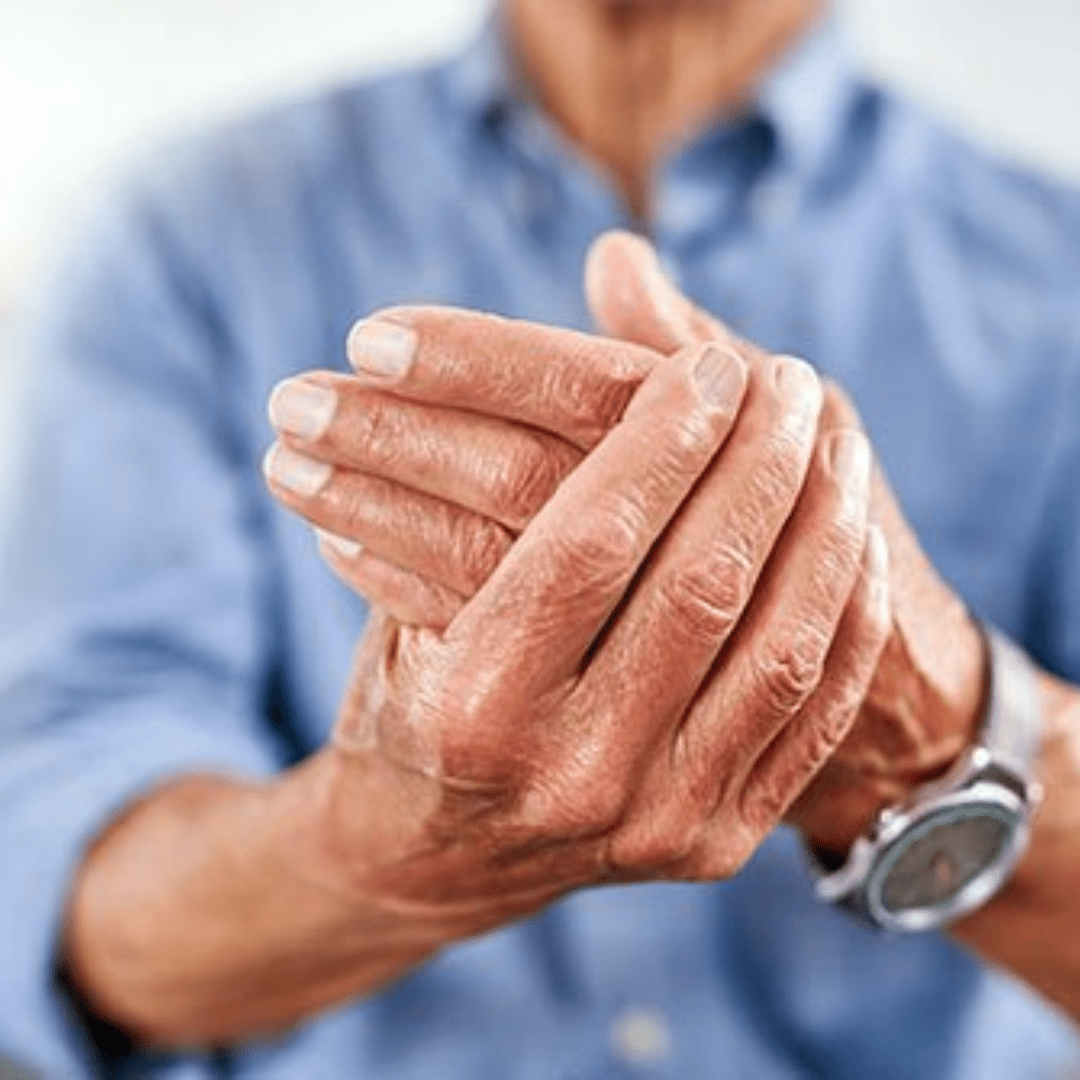
Shoulder pain can also result from arthritis. Whilst there are many types of arthritis, the most common one is called osteoarthritis, or the ‘wear and tear’ arthritis.
Symptoms of osteoarthritis include swelling, severe pain, and stiffness and they typically begin during middle age. Osteoarthritis develops slowly, and if not taken care of, the pain worsens over time.
In an attempt to lessen arthritis pain, people generally try to avoid shoulder movements, but that lack of movement further leads to a tightening or stiffening of the joint’s soft tissue parts, resulting in a painful motion restriction.
Osteoarthritis may be related to sports or work injuries or chronic wear and tear.
Bursitis
Bursae are the shock absorbers for your bones. They are small, fluid-filled sacs that are located in joints throughout the body, including the shoulder and act as cushions between bones and the overlying soft tissues. They work to reduce friction between the gliding muscles and the bone.
Sometimes, excessive use of the shoulder leads to inflammation and swelling of the bursa between the rotator cuff and part of the shoulder blade known as the acromion. The result is a condition known as subacromial bursitis and is the most common cause of shoulder pain.
Bursitis often occurs in association with rotator cuff tendinitis. The many tissues in the shoulder can become inflamed and painful, making daily activities, such as combing your hair or getting dressed quite difficult.
Tendinitis
A tendon is a cord that connects muscle to bone. When there is inflammation in the tendon, it causes tendinitis. Generally, tendinitis is either acute or chronic.
The most commonly affected tendons in the shoulder are the four rotator cuff tendons and one of the biceps tendons. The rotator cuff is made up of four small muscles and their tendons covering the head of your upper arm bone and keeping it in the shoulder socket. Your rotator cuff helps provide shoulder motion and stability.
Impingement
Shoulder impingement occurs when the top of the shoulder blade, also known as the acromion, puts pressure on the underlying soft tissues when the arm moves away from the body. When the arm is raised, the acromion rubs, or ‘impinges’ on the rotator cuff tendons and bursa. This can lead to bursitis and tendinitis, causing shooting pain and limiting movement.
Tendon Tears
Critical injury or degenerative changes in the tendons because of advancing age, long-term overuse, or a sudden injury can cause splitting and tearing of tendons.
These tears can either partially or in some cases, completely separate the tendon from its attachment to the bone, causing injuries.
Rotator cuff or biceps tendon injuries are amongst the most common types of tendon injuries.
Critical injury or degenerative changes in the tendons because of advancing age, long-term overuse, or a sudden injury can cause splitting and tearing of tendons.
These tears can either partially or in some cases, completely separate the tendon from its attachment to the bone, causing injuries.
Rotator cuff or biceps tendon injuries are amongst the most common types of tendon injuries.
Our doctors have helped thousands of patients get back on their feet by using innovative non surgical treatments to treat shoulder conditions. We offer personalised care plans including rehabilitation tailored specifically for your needs and goals. As well we recommend the best orthopaedic products that you may need and we work with Rehab Apps to support you from the comfort of your home. You don’t have to suffer from pain anymore. We can help no matter where you are. You can book a virtual consultation with one of our top doctors.
This is the first step to finding pain relief and starting your journey of recovery. If you need a physical examination, we can also book a face to face appointment. Consultations and treatments can be paid for or covered by insurance. Not everyone is suitable for Regenerative medicine treatments, so our trusted Orthopaedic doctors will decide if you are suitable for the treatment after assessing your medical records and history. And to underpin their decision-making and continue to ensure greater than 90% successful outcomes, they will reference up to date research from the Pinnacle regenerative Academy.
Send an email to admin@pinnacleglobalhealth.com with your medical records, history, and imaging and our specialists will get back to help you immediately. Alternatively you can book a free 10 minute online screening consultation on our online customer portal, simply click on the link below to choose a doctor and a time that suits you. This will give you an opportunity to discuss your concerns confidentially on a one to one basis with our leading Orthopaedic Consultants.
This website uses cookies. By continuing to use this site, you accept our use of cookies.